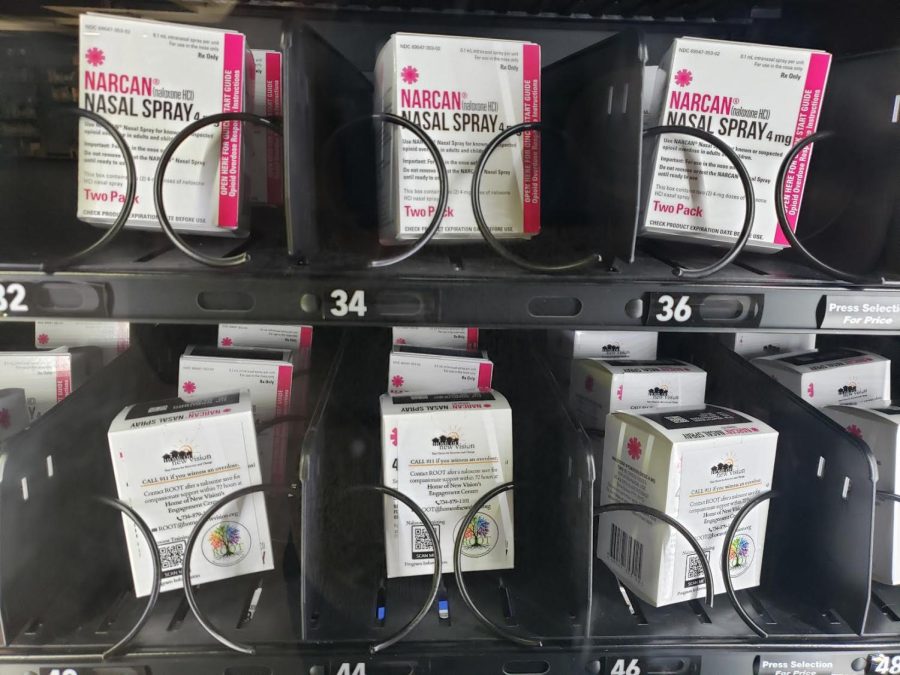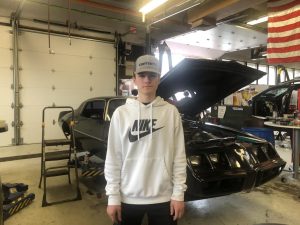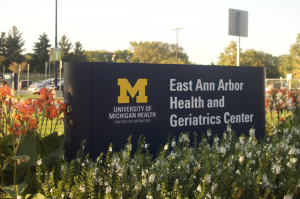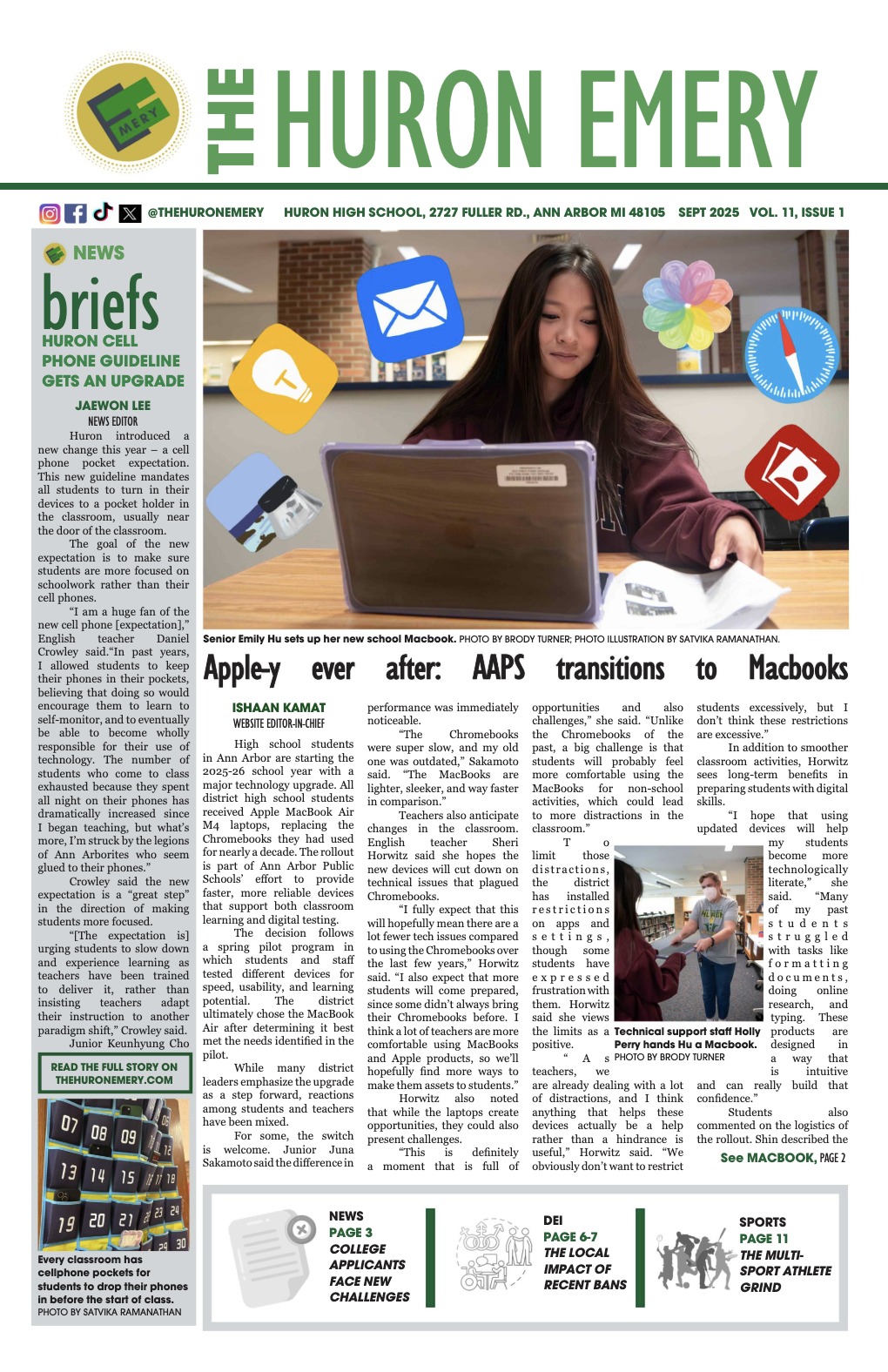Nalaxone: a life-saving drug to be stocked in AAPS
Narcan, a life-saving used to reverse opioid overdoses, is now becoming much more accessible.
May 8, 2023
Moose Gultekin approached the Ann Arbor Public Schools’ board of education with trepidation, intent on broaching a deeply important topic. Gultekin stood in a room full of older, unfamiliar faces, save for a few friends that had come along to support them.
“I was going up there like, ‘this is gonna be weird,” Gultekin said, recounting their February 8 public address. Overcoming their nerves, they started to talk. “I remember seeing a lot of heads nodding and hearing a lot of clapping at the end.”
Gultekin, a Community High student, was asking the board about the presence of Narcan nasal spray in school buildings.
“It was very much a surreal experience,” Gultekin said.
They had recently discovered that students and staff in AAPS buildings were not provided naloxone, a life-saving drug used to stop opioid overdoses, by the district.
“That made me really stressed, mostly because I think narcan is like another life saving device like an AED or an EPI pen,” Gultekin said. “Everyone should have access to it at any time it’s needed.”
While Superintendent Jeanice Swift did not respond to requests for an interview, AAPS Director of Communications Andrew Cluley provided a copy of the original March 10 community bulletin announcing: , “With the health and wellbeing of students, staff, and visitors continuing as a top priority, Ann Arbor Public Schools is currently taking the necessary steps to have the rescue medication Naloxone in our school buildings.”
Opioid overdoses are on the rise, and it is more and more essential to ensure the public has access to adequate harm reduction equipment.
In layman’s terms, naloxone knocks opioid agonist (initiating a physiological reaction) molecules off of opioid receptors in the brain and inhibits the effects of those drugs. This quickly reverses reduced heart rate and respiration – side effects that can make opioid overdose fatal.
“Just as CPR, AED devices and EPI pens are used in times of medical emergency, Naloxone will be administered by trained AAPS staff according to medical protocols,” the bulletin said.
Cluley said that the source of the naloxone, which is being provided for free, was from the Michigan Department of Health and Human Services.
At Huron’s clinic, there are four boxes of Narcan. Within each box there are two doses.
“We are in the middle of a huge spike of opioid overdoses and they’re accidental because meds are being spiked with them,” Huron High School Nurse Ann Burdick said.
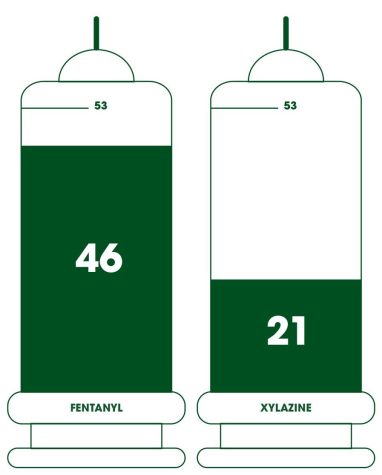
According to the AAPS bulletin, fatal opioid overdoses in Washtenaw County increased by 28 percent from 2020 to 2021.
Drug overdose rates have risen substantially, but uniformly, across most substances, including psychostimulants like cocaine and methamphetamine, benzodiazepines, prescription opioids, and heroin over the last twenty years. What stands out is a sharp spike, begining around 2015, in deaths related to synthetic opioids (excluding methadone), primarily fentanyl.
“Just such a tiny amount, they say it’s a small enough amount to be on the eraser of a pencil, can kill somebody. If you’re not getting it [drugs] from an established place, that you know the ingredients, don’t do it.”
Fentanyl, sometimes called phentanyl or fentanyl, is a synthetic opioid up to 100 times as potent as morphine. A fentanyl high can be achieved by taking just micrograms of the drug. An appropriately measured dose of fentanyl might be indistinguishable from heroin, but too much can easily be fatal. Because of this, fentanyl is often cut – used as an additive or substitute – into other drugs and then passed off as pure.
All this means that it is more essential than ever to have naloxone in schools.
In an email sent to Emery Staff April 10, Jenna Bacalor, the Executive Director of Student and School Health and Community Division confirmed that all high schools have access to Narcan, and that eventually all school buildings will have it.
“The lead school nurse, Keely Hoffman, is training members of building Medical Emergency Response Teams (MERT). Getting to all of the different MERT teams takes time, but I know they’re working diligently,” Bacalor wrote.
The MERT will play an important role in overdose treatment with naloxone.
“Each school is forming this group of first responders to respond to a medical emergency. Everybody that is on that team is being trained,” Burdick said. “We have I think [nine] people on our team.”
According to the Drug Enforcement Agency, fentanyl is the leading cause of death in Americans under 50. The CDC recorded over 100,000 overdose deaths in 2022, the majority of which involved synthetic opioids.
With the May 9 National Fentanyl Awareness Day fast approaching, it is only appropriate that the Ann Arbor Public Schools has moved to make the life saving drug available in all of its buildings. Currently available in all high school buildings, the district has made important steps in addressing the greater drug use crisis facing the country.
“It makes me hopeful,” Gultekin said of the district’s recent move to stock its buildings with Narcan.
Gultekin has also been taking steps of their own to promote a safe school environment.
“I’ve been working with a bunch of teachers and some of my friends to see how many people we can get at [Community] to carry Narcan. There’s a lot of support for it,” Gultekin said. “I’ve found more and more people willing to carry it, and more and more people have been like ‘oh, I carry Narcan in my bag now’ and I’m like, ‘that’s awesome, we should all be doing that.’”
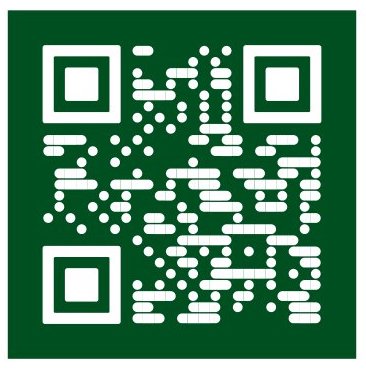
The What and Why of Narcan:
In layman’s terms, naloxone knocks opioid agonist (initiating a physiological reaction) molecules off of opioid receptors in the brain and inhibits the effects of those drugs. This quickly reverses reduced heart rate and respiration – side effects that can make opioid overdose fatal.
Data presented by the National Institute on Drug Abuse shows that, “Overall, drug overdose deaths rose from 2019 to 2021 with more than 106,000 drug overdose deaths reported in 2021.”
These numbers are disturbing enough on their own, but breaking down the data reveals why opioid overdoses have become the emergent cause of death among drug users, and why naloxone is more important than ever.
While not the sole reason drug use and abuse has become so dangerous in the 21st century, fentanyl is highly representative of how the drug market and abuse landscape has changed fundamentally.
What makes fentanyl particularly dangerous is that potency coupled with the low cost associated with clandestine manufacture. The chemical is also highly addictive, meaning it is sometimes cut into stimulant drugs to increase a user’s dependence.
Tranq Dope
Fentanyl presents extreme risk to those who take drugs, especially opioids, recreationally. The National Institute on Drug Abuse also notes that the veterinary tranquilizer xylazine “is often added to illicit opioids, including fentanyl, and people report using xylazine-containing fentanyl to lengthen its euphoric effects.”
Just like fentanyl, xylazine may be added to other drugs without the knowledge of the user. Xylazine is not an opioid and overdose cannot be reversed by naloxone administration.
What Can Students Who Need Help Do?
Narcan in schools is an important step, but overdose reversal and treatment is far from the only necessary solution to addiction problems.
Students with addiction problems have many, often affordable, options. The first step may be calling the Substance Abuse and Mental Health Services hotline at 1-800-662-4357. They may be able to help you find relevant resources for you or a loved one.
Other options include:
- The Ozone House, which offers housing and other services for at-risk youth, can be reached at: 734-662-2222
- The Washtenaw County Alano Club, which hosts daily Alcoholics Anonymous meetings – addicts are also allowed to attend. The Alano Club is located at 995 N. Maple Rd, Ann Arbor, MI, 48103
- Home of New Vision, an Ann Arbor rehab for individuals without access to private health insurance. They also operate the Narcan vending machine outside of the downtown public library. Their number is 734-975-1602
- Dawn Farm, another local rehab offering long-term recovery services, can be reached at 734-485-8725
- Any number of 12-Step groups are a great place to find recovery support and resources
A Safer Ann Arbor Public Schools
According to the Drug Enforcement Agency, fentanyl is the leading cause of death in Americans under 50. The CDC recorded over 100,000 overdose deaths in 2022, the majority of which involved synthetic opioids.
With the May 9 National Fentanyl Awareness Day fast approaching, it is only appropriate that the Ann Arbor Public Schools has moved to make the life saving drug available in all of its buildings. Currently available in all high school buildings, the district has made important steps in addressing the greater drug use crisis facing the country.
“It makes me hopeful,” Gultekin said of the district’s recent move to stock its buildings with Narcan.
Gultekin has also been taking steps of their own to promote a safe school environment.
“I’ve been working with a bunch of teachers and some of my friends to see how many people we can get at [Community] to carry Narcan. There’s a lot of support for it,” Gultekin said. “I’ve found more and more people willing to carry it, and more and more people have been like ‘oh, I carry Narcan in my bag now’ and I’m like, ‘that’s awesome, we should all be doing that.’”



